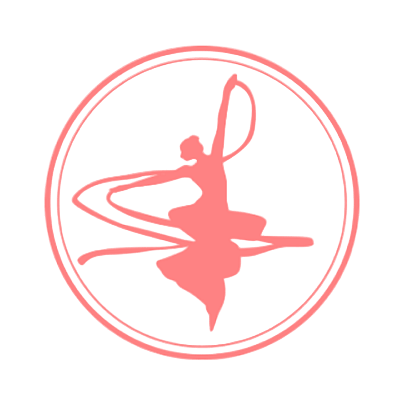Hair is one of the hallmarks of our identity, and we all aspire to have healthy and beautiful locks. But what does healthy hair look like? In this article, we’ll examine not only its aesthetics but also its strength, shine, and resilience – as well as explore factors that affect its well-being and the best practices to maintain strong and glossy locks.
Signs of Healthy Hair
How can you know if your hair is healthy? Here are some signs to look out for:
Smooth texture: Healthy locks should feel soft to the touch without any roughness or brittleness
Shininess: Reflecting light naturally with their own sheen.
Elasticity: Healthy hair has elastic properties that enable it to stretch without breaking and return back to its original state without damage.
Thickness: Thick, consistent strands define healthy hair.
Shedding: Normal daily shedding should fall between 50 and 100 strands daily but the excessive loss could be indicative of a problem.
Factors that Affect Hair Health
Factors can impede the health of your hair in various ways, but here are the most prevalent ones:
Genetics: Your hair type and texture are greatly determined by genetics; some people naturally possess thinner, dryer, or frizzier locks than others.
Diet: Eating a well-rounded diet rich in proteins, vitamins, and minerals is crucial to healthy hair growth and maintenance.
Environmental Factors: Overexposure to sun, wind, or pollution can damage hair and increase breakage risk significantly.
Styling practices: Excessive heat styling tools, chemical treatments, and tight hairstyles can damage and weaken hair over time.
Health conditions/medications: Thyroid issues, anemia, and chemotherapy treatments may have adverse effects on hair health.
Best Hair Care Practices for Healthy Hair
In order to achieve and maintain healthy hair, it is necessary to adopt a holistic approach that considers both internal and external factors. Here are some best hair care practices you should abide by:
Wash Your Hair on a Regular Basis: Regular washing removes dirt, oil, and product build-up from both your scalp and hair that could clog pores or weaken individual strands of tresses. Choose gentle shampoo and conditioner that matches the type and texture of your locks before thoroughly rinsing out both.
Avoid hot water: Hot water can rob your hair of its natural oils, leading to dryness and breakage. Instead, opt for lukewarm or cool water instead, and finish with a cold water rinse to seal cuticles and add shine.
Use a wide-tooth comb: Wet hair is more fragile and vulnerable to breakage; therefore use a wide-tooth comb to gently detangle it from roots to ends.
Limit Heat Styling: The use of heat styling tools such as flat irons, curling irons, and hair dryers can damage hair over time and lead to split ends and breakage. Limit their use when styling with heat as much as possible and always protect it with heat protectant spray or serum when doing so.
Protect Your Hair From the Sun: UV rays can damage and fade hair color over time, so wear a hat or scarf or use UV-protectant spray when out in direct sunlight to shield your locks.
Eat healthily: To support hair growth and maintenance, eating foods rich in protein, vitamins, and minerals – such as salmon, eggs, spinach and nuts – is vital.
Stay hydrated: Water helps your scalp and hair stay hydrated, which can prevent dryness and brittleness. Aim to drink at least eight glasses per day (at minimum).
FAQs
Can hair products affect hair health?
Yes, hair products can have an adverse impact on hair health if they contain harsh chemicals or ingredients that do not suit your hair type. Always read labels carefully to select products with natural and no sulfates/paraben ingredients that provide maximum care for your locks.
Is trimming hair regularly necessary?
Regular hair trims are necessary to maintain healthy locks and prevent split ends and should take place every six to eight weeks or as necessary.
Can stress have an effect on hair health?
Stress is known to negatively impact hair health, potentially leading to loss or thinning. Exercise, meditation or other stress reducers are effective strategies for mitigating stress levels and helping manage hair health.
Can certain hairstyles damage hair?
Tight hairstyles such as braids, ponytails, and cornrows can exacerbate hair loss or lead to traction alopecia; to minimize damage and the possibility of hair loss/traction alopecia it’s wiser to alternate tight styles with looser styles for extended periods.
Conclusion
Healthy hair is an indicator of overall wellbeing and it is vital that it receives proper care both internally and externally. By adopting best haircare practices and avoiding damaging habits, you can achieve and maintain strong, shiny locks. Remember to listen to what your locks need from you in terms of nourishment; adjust your routine as necessary based on that feedback. What does healthy hair look like? Smooth, shiny, elastic and resilient locks – and that goal is within your grasp!

